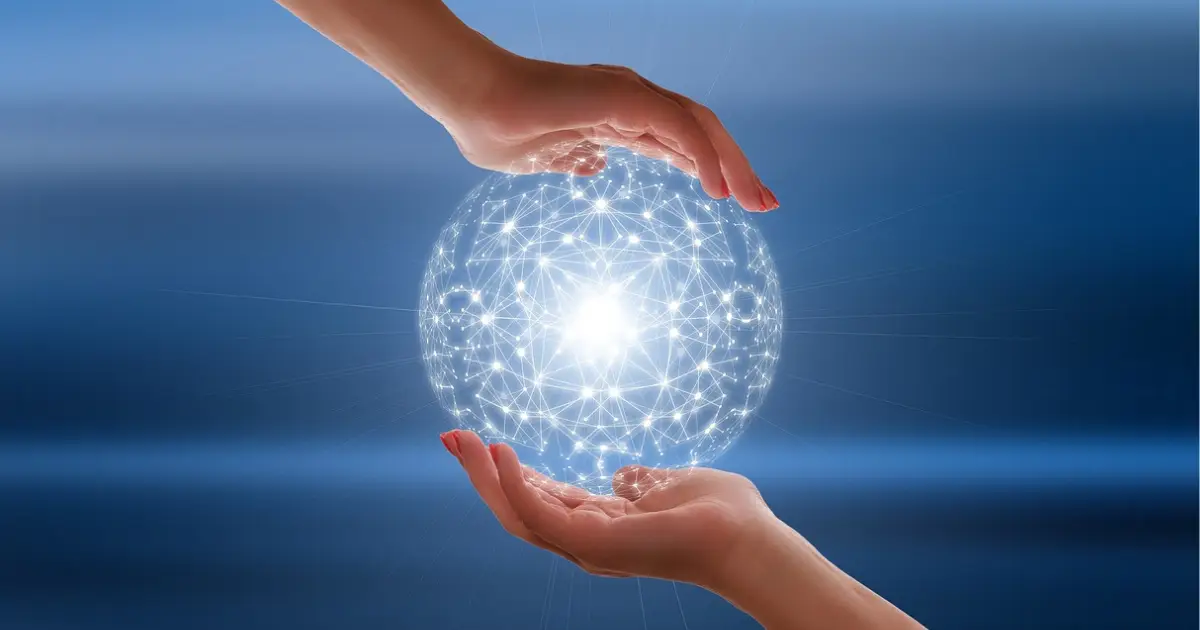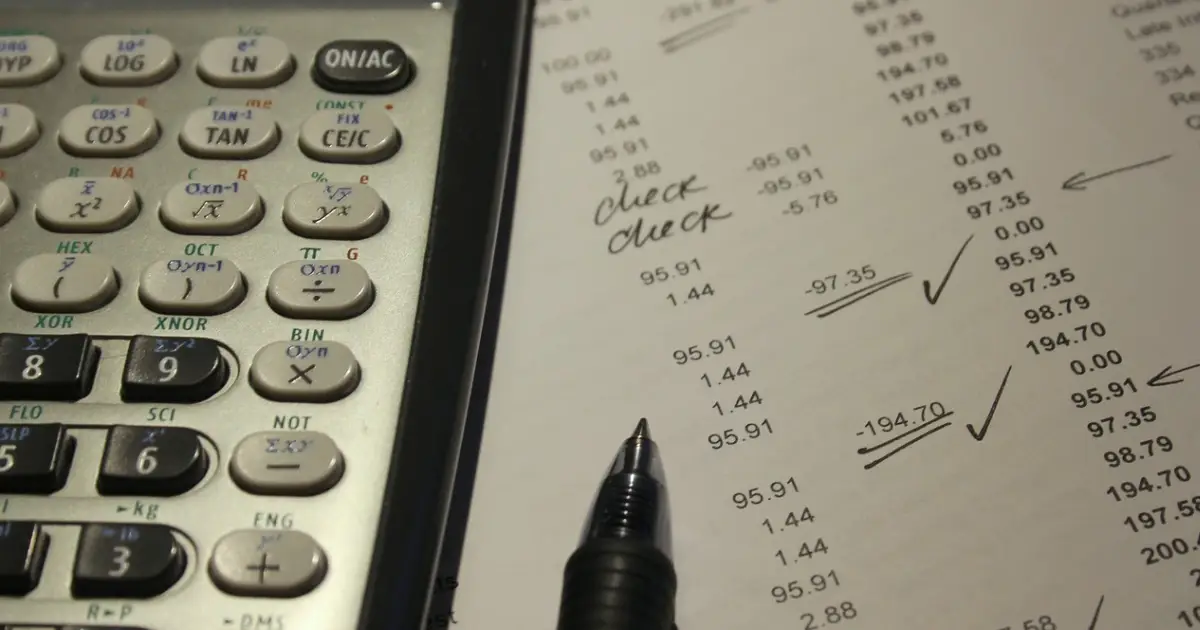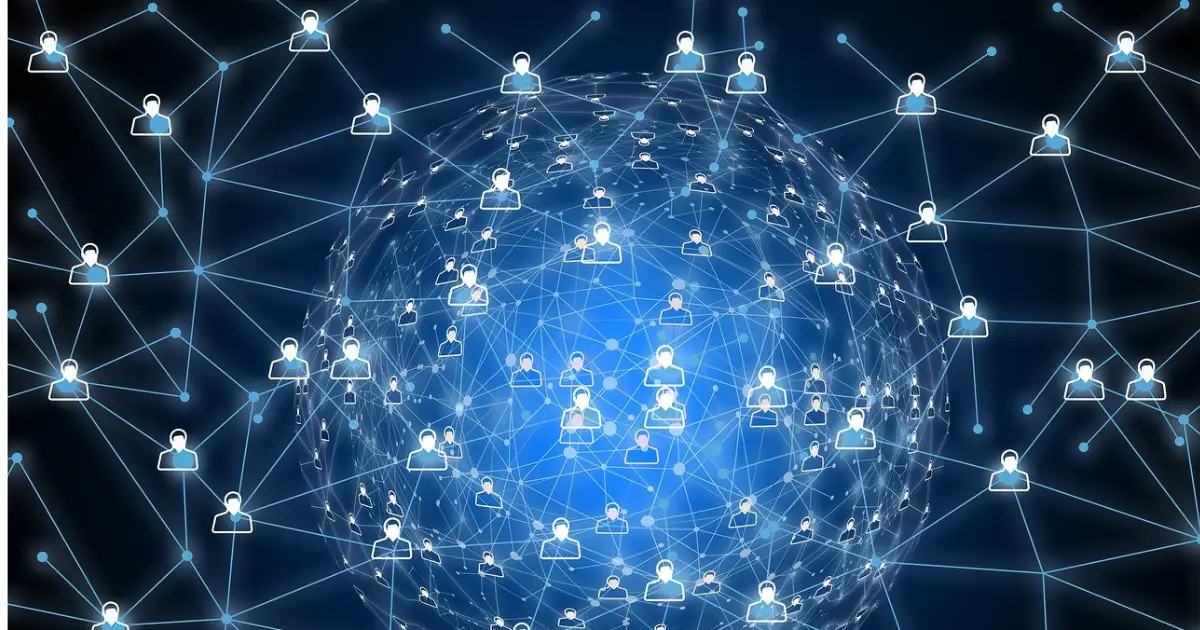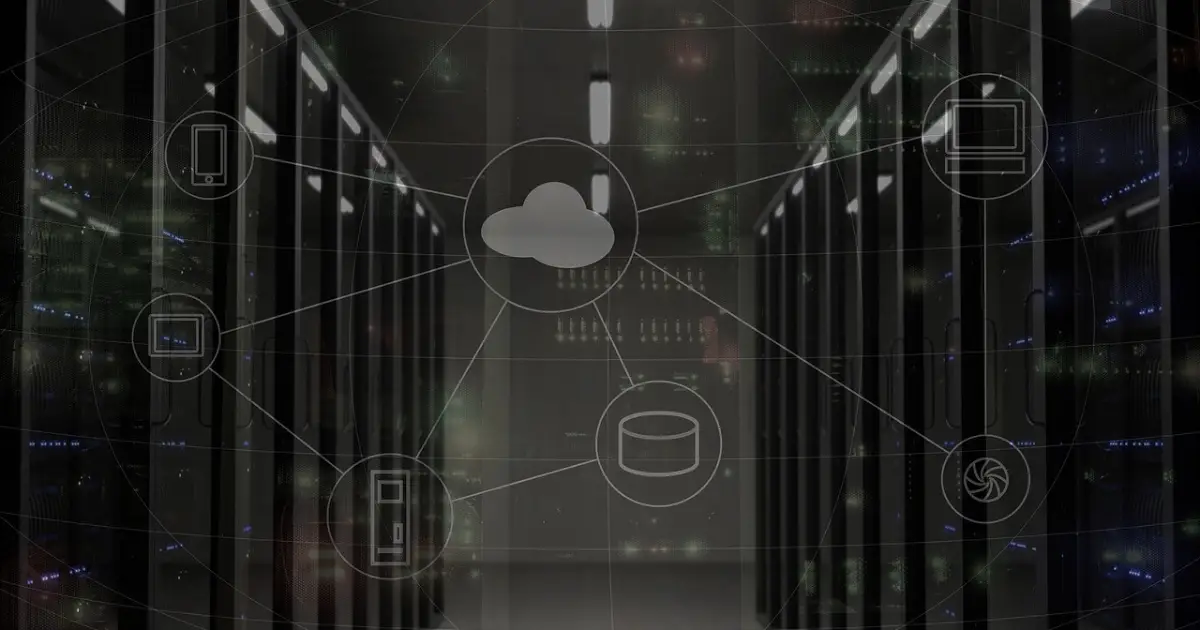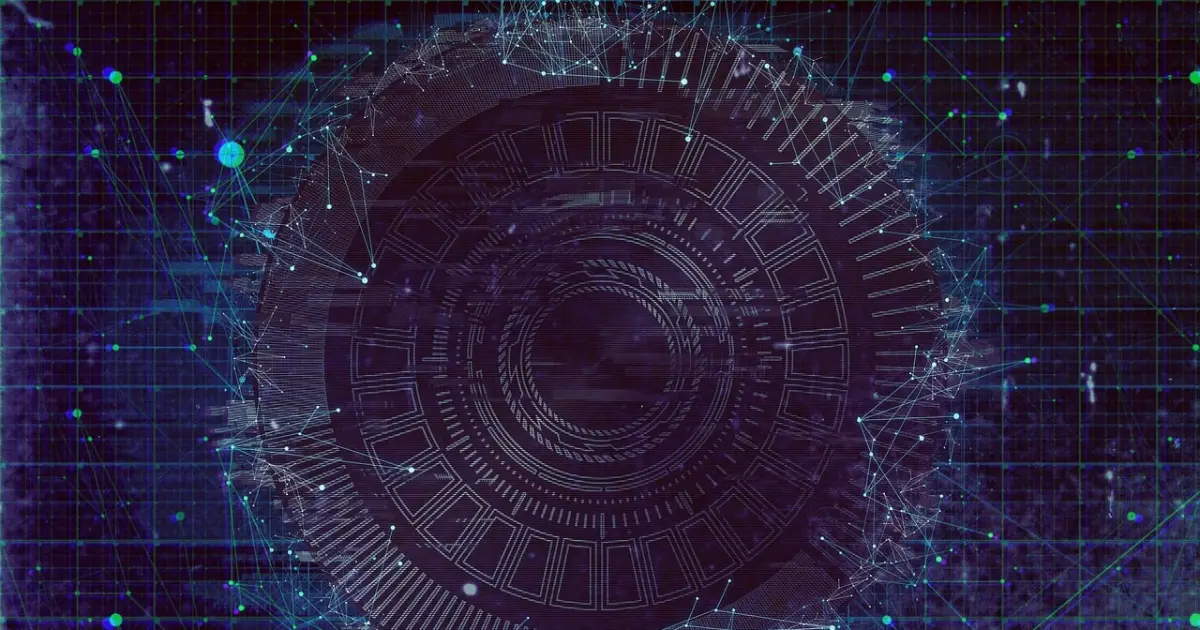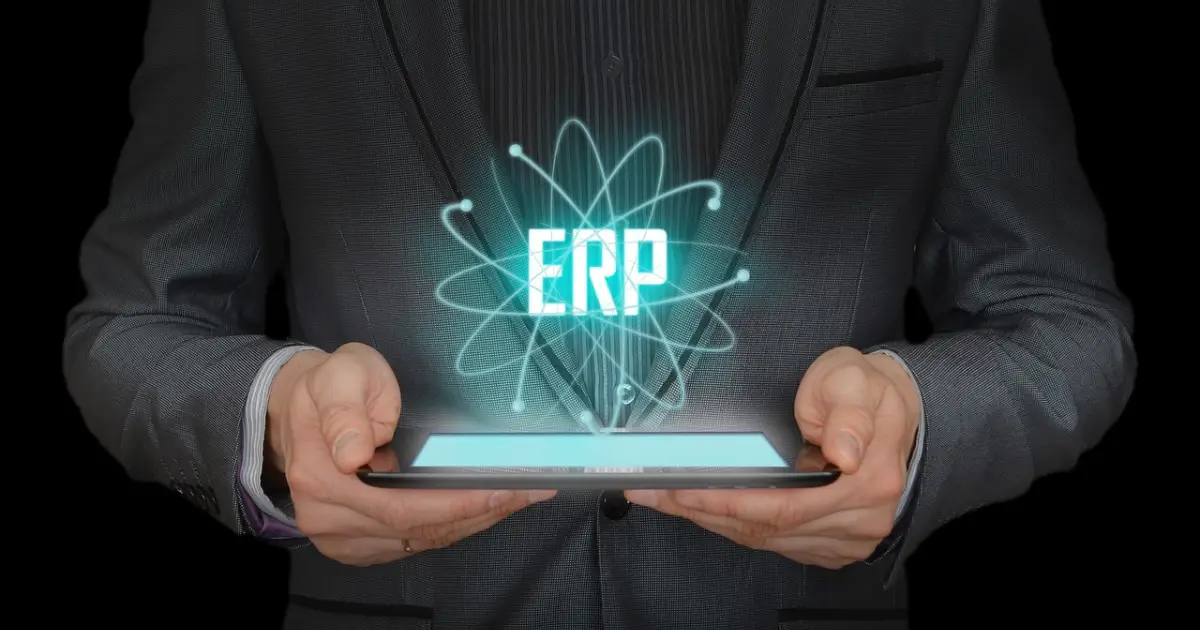focus notes


Understand, manage, and correct location information with IoT! Also explains usage examples of positioning services
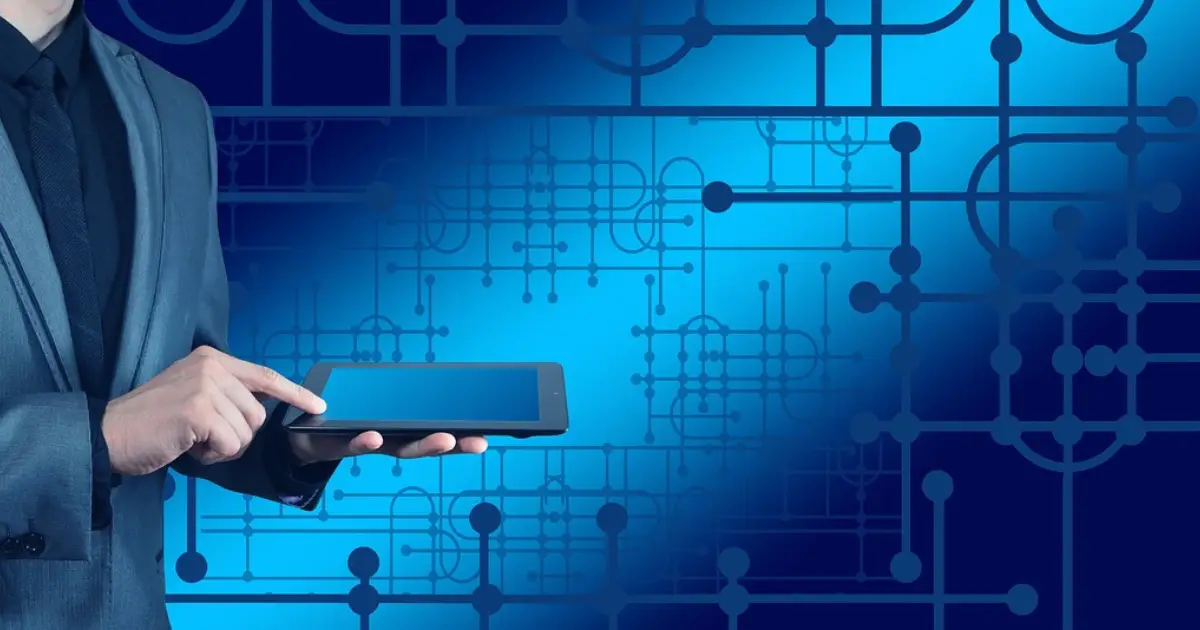
table of contents
“I heard that location information can be obtained using IoT, is that true?”
“What kind of sensors are used to grasp location information with IoT?”
Some of you may have questions like the above. The bottom line is that it is possible to grasp location information using an IoT system. We will go into more detail later, but first, a dedicated sensor collects information such as radio waves and sound waves, digitizes it, and sends it to a server or cloud. The data is then processed and analyzed, and the location information is displayed through a dedicated application or web interface.Depending on the system and how it is used, you can expect to see improved business efficiency, cost reductions, and increased customer satisfaction.
In this article, we will explain in detail how to obtain data using IoT, what can be achieved, and examples of its use. Please refer to this article if you are thinking about using IoT to understand location information.
Use sensors! Identify location information with IoT
Here we will explain the basic information and mechanisms of IoT.
- It is also possible to understand location information with IoT
- What is a location sensor?
- How IoT works
IoTIt is also possible to grasp the location information by
As mentioned earlier, it is possible to obtain location information using IoT.When combined with a location sensor, the location of the sensor can be determined via the network.
First, IoT systems can be roughly divided into the following two types.
Types of IoT | role |
Operational IoT | physically carry out a specific action or command |
Sensor-based IoT | Collecting data from the environment and physical processes |
Operational IoT literally refers to the use of IoT to operate things at a remote location. A familiar example is starting an air conditioner and controlling its functions from outside. It is widely used in business and daily life because it allows remote machinery to be operated via a network.
On the other hand, sensor-based IoT is a function that allows you to check the situation in a remote location. It measures the local conditions such as temperature and humidity and receives information via a network. Sensor-based IoT is also used in a variety of places. Sensor-based IoT, specifically location sensors, are used to grasp location information.
What is a location sensor?
A location information sensor is a sensor that identifies the location of objects or people.You can determine the latitude, longitude, altitude, moving speed, etc. of an object. Location information can be determined by specifying latitude and longitude. There are the following types of location information sensors:
Concrete example | Measuring method |
GPS | Radio waves transmitted from artificial satellites |
Wifi | Wi-Fi access point signal strength and frequency |
Bluetooth | Radio field strength and frequency of Bluetooth beacon |
magnetic sensor | Earth's magnetic field |
Accelerometer | Target acceleration |
Which is best depends on the situation. For example, GPS is good for accurate location over a wide area outdoors, so it's a good choice for locating a car.
Wi-Fi, on the other hand, is used indoors and in places where GPS signals are difficult to reach. Specifically, it is suitable for navigation and location tracking within large facilities such as shopping malls, airports, and hospitals.
Although they are all called location sensors, they each have their strengths and weaknesses, so please be careful.
IoTHow it works
The IoT system consists of five main elements.
element | Features |
Equipment (sensors, etc.) | Equipped with communication function to connect to the Internet |
network | Collected data is sent through the network |
gateway | Functions as a gateway connecting things and networks |
Server Cloud | Accumulate, analyze, and process data collected by devices |
application | Control your system as needed |
A device is a device that actually performs an action or collects information. In this article, we will assume that this refers to a location sensor.
Information collected by sensors is sent to a server or cloud via a network gateway. Since you will be transmitting information often, you will need a certain level of communication strength. The application also allows you to check location information.
Explaining how to obtain location data with IoT
There are four main ways to obtain location data with IoT:
- radio waves
- sound waves
- light
- Magnetic
radio waves
IoT can obtain location information using radio waves.Typical examples include:
- GPS
- Wifi
As mentioned earlier, GPS uses information sent from artificial satellites to determine the location of a sensor. Since satellites basically cover the entire world, their major feature is that they can be used anywhere as long as a network exists.
In the case of Wi-Fi, it is identified using statistical data accumulated at the access point. Each free Wi-Fi in the city has an identification number for each point. The location is determined based on the distance between the location of this identification number and the device receiving Wi-Fi radio waves.
Both are wireless, so a major advantage is that they can be used even when there are obstructions. Another attractive feature is that the initial installation costs can be kept low.
However, there are cases where it is not possible to use it underground because it is difficult for signals to reach the area. Also, since it connects to a network, security precautions must be taken, which is a risk that cannot be ignored.
sound waves
When using sound waves, the position of the sensor is estimated by receiving the sound waves emitted by the sensor.There are several methods of location information acquisition technology using sound waves.
- ultrasonic ranging
- Acoustic signal triangulation
Ultrasonic ranging is a technique that uses ultrasonic sensors to measure the time it takes for sound waves to hit an obstacle and reflect back, and then calculate the distance. This method is used for precise localization, especially at close ranges. It is used in many applications, such as obstacle avoidance in robots, parking assistance systems in automobiles, and object localization.
Acoustic signal triangulation is a method that uses multiple acoustic sensors to measure the difference in time it takes for sound waves from a source to reach each sensor, and uses this information to determine the location of the source. This technology is effective for sharing location information between multiple devices, such as smart speakers.
Location information acquisition using sound waves has advantages in different environments and conditions compared to GPS using radio waves. For example, it can be used in places where GPS signals are difficult to reach, such as inside buildings or underground, and can obtain highly accurate location information. However, when using sound waves, the effects of acoustic reverberation and obstacles must be considered.
light
Location information can also be obtained using light.For example, there are the following methods.
- Li-Fi
- light sensor and sunlight
Li-Fi is a technology that uses visible light communication to transmit high-speed data. By applying this technology to location services, it is possible to determine the location of a device based on the signal from a specific light source. Particularly useful in indoor navigation systems, where the light emitted by LED lighting can be used to determine the exact location of a device. For example, by building an in-office communication network using Li-Fi technology, lighting and air conditioning can be managed based on employee location information.
Light sensors and sunlight When an IoT device uses sunlight in the external environment, the device's location information can be estimated from the position of the sun using a light sensor. This method is especially suitable for outdoor devices in sunny environments. A specific example would be IoT systems for smart agriculture. You can improve the efficiency of water and fertilizer use.
All methods of measuring position information using light are said to be highly accurate, but light can only travel in a straight line. Therefore, when using visible light or lasers, a drawback is that measurements cannot be made if there is an obstruction between the object and the light.
Magnetic
Magnetism may also be used to obtain location information.
- Geomagnetic field
- Magnetic Fingerprint
Geomagnetism is the magnetic field generated by the Earth itself. It can detect the magnetic field generated by the Earth and use that information to determine direction. In simple terms, it works like a compass. It can be used for navigation applications.
A magnetic fingerprint is data that records the geomagnetic pattern at a specific location. The geomagnetic field is the Earth's unique magnetic field, which varies slightly from place to place, making it possible to identify specific locations by utilizing these differences. This technology plays an important role in indoor navigation and location-based services.
The advantage of using magnetic sensors is that you can obtain location information even in places where GPS signals cannot reach. However, depending on the usage environment, sensor quality, surrounding magnetic noise, etc., the error may be large depending on the location.
Depending on the design and purpose of the IoT device, magnetic sensors are typically used in combination with other location acquisition technologies, which can provide more accurate and reliable location services.
What can be achieved with IoT location information acquisition function?
By utilizing the location information acquisition function of IoT, the following four main things can be achieved.
- You can know the location of workers, products, vehicles, etc.
- You can visualize flow lines etc.
- Reduces search time
- Data can be collected in real time
You can know the location of workers, products, vehicles, etc.
IoT can be said to be a useful technology for tracking the location of workers, products, vehicles, etc.You can pinpoint the location of an object simply by attaching a sensor to it.
Using IoT location data, an alarm can be sounded to warn workers if they enter a dangerous area. If it is difficult to issue an alert at the site, information can be sent to the control room and the site manager can be contacted. This will make it easier to ensure safety than ever before.
Also, if you can grasp the location information of products, it will be easier to manage the manufacturing progress and inventory of products. You can see how much product is currently in which manufacturing process, making it easier to discover unnecessary processes and stumbling blocks in the manufacturing process. It will help improve the efficiency of your work.
A specific example of car location information is the current location of a truck. Customers and operations managers can see where their shipments are currently located. This will increase transparency in the delivery process and increase customer satisfaction. In addition, by understanding the operation status in real time, it becomes possible to optimize delivery routes, predict delays, and respond quickly in emergencies. This may reduce unnecessary mileage and reduce fuel costs.
You can visualize flow lines etc.
By using IoT's location information acquisition function, you can visualize flow lines, etc.By tracking the movement of workers and machines in factories and warehouses, you can identify problems in work processes and design efficient work flows.
For example, if the route for delivering materials to a certain work area is frequently congested, it is possible to improve overall productivity by securing an alternative route or adjusting the work schedule.
In addition, retail stores can optimize store layouts and product placement by analyzing customer traffic patterns within the store. If customers tend to stay longer around a particular product, that area can be expanded or related products can be placed nearby to increase sales. This will help change the layout to avoid congestion and optimize promotional activities.
Reduces search time
IoT location information acquisition technology is also useful when you want to reduce the time you spend looking for something.This is because you can know your exact location in advance.
Especially in distribution warehouses and large-scale manufacturing plants, just traversing the building can take time. It would be difficult to find the one thing you're looking for in this vast building. In some cases, you may not find it after all. However, if you can know the location of each equipment and material in advance, you can significantly reduce the time spent searching.
In addition, it is possible to reduce the time spent searching not only for things but also for people. If you know the whereabouts of your employees, you can reduce the amount of time you spend asking people, "Where is Mr. ___?" and searching for them when requesting instructions or decisions.
Data can be collected in real time
Another major feature is that data can be collected in real time. You can understand the congestion situation in real time and take safety measures.
For example, if a certain area becomes overcrowded, measures can be taken quickly, such as deploying additional security personnel or temporarily restricting entry. It is also effective for evacuation guidance in emergencies.
In addition, the location information of patients and elderly people within the hospital can be tracked in real time, allowing for quick response when needed. Depending on the system, it is possible to monitor not only location information but also health status. Patients wear wearable devices that monitor vital signs such as heart rate, blood pressure, and body temperature in real time. This will prevent the disease from worsening and make it easier to manage the patient's health.
Utilization example of IoT location information acquisition service
We will explain examples of IoT location information acquisition services.
- Watching over kindergarteners
- Identifying locations of heavy rainfall
- Check the current location of your shipment
Watching over kindergarteners
IoT can be used to monitor children in kindergarten.Although this is a demonstration experiment, our company's examples include the following.
Simply attach the FCS1301 to a child during an outside activity such as a walk around the nursery school, and start the app on your smartphone.If the child moves beyond a certain distance from the nursery teacher, an alert will be sent to the name of the child who has left the child, preventing the child from being left behind. To do.
Source: Focus Systems Corporation| Begins demonstration experiment of "child monitoring service using ICT" with Yokohama City - Creating a childcare site where children, staff, and parents can feel safe - (as of February 21, 2024)
If there is a child who is more than a certain distance away from the childcare worker, the child's name will be sent as an alert notification, allowing for real-time monitoring and immediate response. This greatly reduces the risk of children getting lost or being left behind.
Identifying locations of heavy rainfall
IoT technology is being used to identify areas where heavy rain is occurring.
A heavy rain location identification system comprising: a collection unit that collects the operation information and current location information from the multiple wiper operation sensors; and an analysis unit that identifies the location where heavy rain is occurring by statistically analyzing current location information associated with operation information that indicates that the wipers are operating at high speed among the multiple collected operation information.
Source: Japan Patent Office | Regarding addition of cases related to IoT-related technologies | Page 27 (as of January 30, 2023)
This system is divided into three parts: the vehicle's wiper movement sensor, a collection part that collects movement information and current location information, and an analysis part that analyzes the collected information to identify the location of heavy rain occurrence. We collect operational information indicating that the wipers are operating at high speed, and based on this we statistically analyze locations where heavy rain is occurring. In other words, by aggregating high-speed wiper movement data and location information sent from multiple vehicles and statistically analyzing this information, it is possible to identify when heavy rain is occurring in a specific area. It is useful for monitoring weather conditions in real time, especially for capturing unexpected heavy rain and sudden weather changes.
Identification of heavy rain points can be used for information provision related to driving safety, traffic management, disaster response planning, etc. Its strength is in detecting local weather changes that are difficult to detect using weather radar or satellite data alone.
Check the current location of your shipment
There are also cases where IoT technology has been used to check the current location of delivered items.
<Specific examples>
A sensor attached to the package transmits location information to a server, which then provides the delivery person with an appropriate delivery route based on the location information and road congestion information on the web.
Source: Japan Patent Office | Regarding addition of cases related to IoT-related technologies | Page 4 (as of January 30, 2023)
Sensors attached to packages will transmit real-time location information to a server, making it possible to track the current location of packages at all times and improving transparency of the delivery process.
The server also combines the received location information with data on road congestion that is accessible on the Internet. Based on this combination, the server calculates an appropriate delivery route and provides the information to the delivery person at any time. This will enable the optimization of delivery routes according to traffic conditions. By taking into account road conditions in real time, the delivery person can always select the optimal route, improving delivery efficiency. This can be expected to shorten delivery times and reduce fuel costs.
summary
This time, we have explained the basics and examples of how to check and track location information using IoT devices. There are a wide variety of devices that can be connected to IoT, and there are also many ways to use sensors.We tend to think of it as simply knowing the location, but depending on how you use it, you can significantly improve your work efficiency.
However, because IoT can do so much, there are also many things that remain unclear. If you are worried about whether you want to incorporate IoT, but are unsure of what kind of system is needed to solve the problems, please feel free to contact us.
Achievements left behind
48 years since its establishment.
We have a proven track record because we have focused on what is important.
It has a long track record in both the public and private sectors.
Number of projects per year
500 PJ
Annual number of business partners/customers
200 companies
Maximum number of trading years
47 years
Total number of qualified persons
1,870 people

